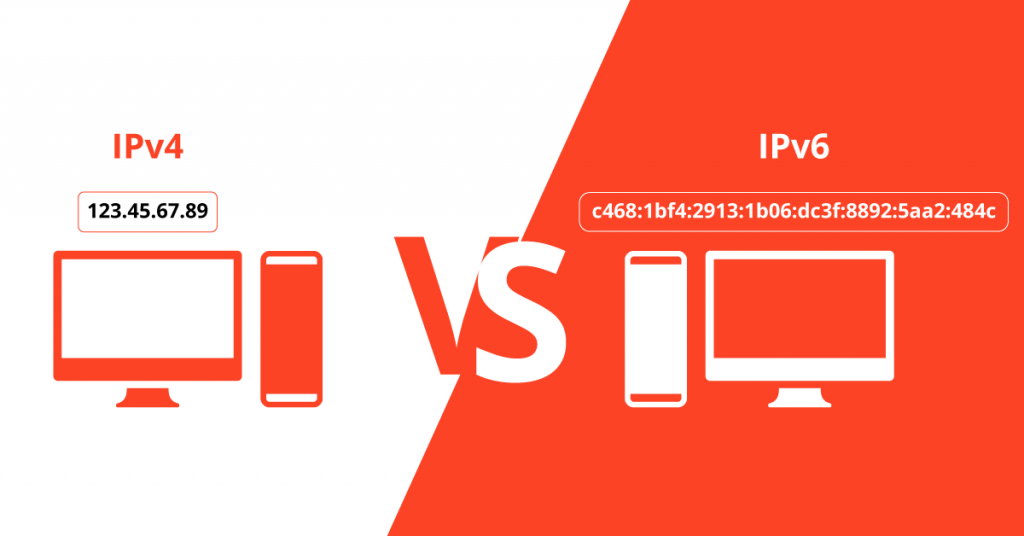Table of Contents
Software-defined networking (SDN) emerges as a pivotal innovation. This blog post aims to explain SDN, illustrating its principles, the remarkable advantages it brings to the table, and how it’s revolutionizing the way network administrators deploy, manage, and scale networks. Whether you’re a seasoned network professional or new to the domain, understanding SDN is crucial in navigating the future of networking.
What is Software-Defined Networking?
Software-defined networking (SDN) is an innovative method for network administration that aims to enhance network functionality, performance, and control. Essentially, SDN divides the network’s control and data planes, providing network administrators with increased flexibility and authority across the network as a whole.
This separation means that the hardware that forwards traffic (data plane) is decoupled from the software (control plane) that decides where the traffic should be sent.
As a result, network administrators can manage, adjust, and set policies across the network from a centralized point without manually configuring individual network devices.

How Does SDN Work?
SDN networks have three main components: the controller, switches, and applications. These components work together to provide flexibility, scalability, and centralization in network management.
Controller
The SDN controller is the brain of an SDN network. It is a centralized control point for all network devices and manages traffic flow between them. The controller communicates with the switches through a protocol called OpenFlow, which enables it to decide how traffic should be routed across the network.
Switches
SDN switches are different from traditional ones in that they have an OpenFlow interface connecting them to the controller. These switches serve as the data plane and carry out the controller’s instructions, such as forwarding traffic to a specific destination. They also provide real-time visibility into network traffic, allowing for more efficient management and troubleshooting.
Applications
Applications in an SDN environment are separate from the control plane and provide additional network functionality. They can be developed by third-party vendors or customized for specific purposes. They leverage the centralized control the controller provides to optimize network performance, security, and efficiency.
Benefits of Software-Defined Networking
There are many advantages of software-defined networking to organizations of all sizes, including:
Simplified Network Management
SDN simplifies network management by providing a single, centralized control point for the entire network. It allows for easier configuration and troubleshooting, reducing the risk of human mistakes and increasing efficiency.
Greater Flexibility
Separating the control plane from the data plane in SDN networks gives administrators greater flexibility and agility in managing the network. They can quickly change network policies, redirect traffic, or add new services without manually configuring individual devices.
Cost-Effective
By automating many of the tasks involved in network management, SDN reduces the need for manual configuration and monitoring, resulting in cost savings for organizations.
Scalability
SDN networks can easily scale to meet the changing demands of modern networks. As new devices and applications are added, the controller can quickly adapt and allocate resources accordingly.
Improved Security
The centralized control SDN provides allows for more comprehensive security measures to be implemented across the network. It includes real-time monitoring, threat detection, and policy enforcement.
SDN Model Varieties
There are two main models of SDN: centralized and distributed.
Centralized SDN
In the centralized model, a single controller serves as the central control point for the entire network. This controller communicates with all switches in the network, making decisions about how traffic should be routed based on instructions from applications or policies set by administrators.
Distributed SDN
The distributed model, also known as a hybrid model, involves multiple controllers working together to manage different network parts. This model is more suitable for larger and more complex networks. Each controller is responsible for a specific portion of the network, but they can communicate with each other to coordinate and make decisions about routing traffic.
In addition to the centralized and distributed models, other models of SDN have emerged over time.

Cloud-Based SDN
This model involves using a cloud-based controller to manage an entire network, making it easier for organizations to scale as needed.
Virtualized SDN
In this model, virtual switches and controllers are used instead of physical ones. It allows for greater flexibility and scalability while reducing hardware costs.
Service-Provider SDN
This model is tailored specifically for service providers, allowing them to provision services more efficiently and automate network tasks.
API-driven SDN
Another important aspect of SDN is its use of APIs. These APIs allow applications and services to communicate with the SDN controller, allowing developers to create new functionality and services on top of the network. It enables organizations to customize their networks based on their needs and requirements.
SDN overlay framework
The overlay model of SDN involves creating a virtual network on top of a current physical infrastructure. It allows for more flexibility and easier management, as changes can be made to the virtual network without disrupting the underlying hardware.
Conclusion
In conclusion, software-defined networking is a revolutionary approach to network management that offers numerous benefits to organizations. By separating the control plane from the data plane and utilizing centralized controllers and APIs, SDN provides greater flexibility, scalability, security, and cost-effectiveness than traditional networks.
With different models available, organizations can choose the one that best suits their needs and continue to evolve their networks as technology advances.
Frequently Asked Questions
What is SDN?
SDN uses software controllers to manage network traffic & interact with hardware, replacing traditional hardware-based networking.
How does SDN improve network security?
SDN improves network security by providing centralized control over the network, enabling real-time threat detection, policy enforcement, and comprehensive monitoring across the network. This centralized approach facilitates a more dynamic and proactive security posture.
Can SDN be implemented in any type of network?
Yes, SDN can be implemented in various network types, including data centers, enterprise networks, and service provider networks. Its flexibility and adaptability make it suitable for different networking environments.
What is the difference between centralized and distributed SDN models?
In the centralized model, a single controller manages the entire network, making decisions on traffic routing and policy enforcement. In contrast, the distributed or hybrid model involves multiple controllers, each managing a portion of the network but working together to ensure seamless operation.
How does SDN contribute to cost savings in network management?
SDN contributes to cost savings by reducing the need for manual setup and management of network devices, lowering the risk of human error, and automating many network operations tasks. It leads to more efficient use of resources and lower operational expenses.
Can SDN scale to meet the needs of growing networks?
Yes, one of SDN’s key benefits is its scalability. It can easily adapt to changing network demands, allowing for the seamless expansion of new devices and applications without significantly restructuring the network infrastructure.
Is it difficult to transition to an SDN architecture from a traditional network?
Transitioning to an SDN architecture requires careful planning and consideration, including assessing the current network infrastructure, determining the appropriate SDN model, and training staff. However, the long-term benefits of enhanced flexibility, security, and manageability often outweigh the initial challenges.



